The State of Storytelling at SXSWedu
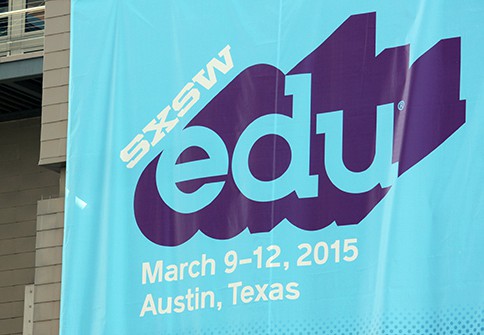
Some of my earliest memories were in the classroom. With parents as teachers, post-daycare was spent in their classrooms and in their school hallways. It was my space for creating, listening to new ideas, and dreaming big. It was my place where everything seemed possible with access to knowledge and tools. At the time this was “playing” but as I grew older I learned that this was where my love for learning was incubated.
SXSWedu is much like the time I spent in their classrooms. It’s where dreaming big, ideation and collaboration was unleashed.
At SXSWedu, storytelling was centered on two main foci:
- Teachers using stories to enhance engagement, and
- Students telling stories to demonstrate skills, explore content, and demonstrate mastery.
These strategies make for rich learning experiences for teachers and students. Educators, and even EdLeaders, should be using storytelling to engage students in ways beyond regurgitation of content. Students should also be telling stories for the application of knowledge and for the exploration of self.
Storytelling as scripted scenarios and lessons are important. But, what’s more important is using stories to inspire action. What’s more important is to communicate authentic experiences that reflect values by connecting realities that touch the head, the heart and the hand. This is the transformational power of storytelling. It’s Marshall Ganz’s Public Narrative framework that makes the case that true storytelling is connecting over what we feel – our hopes, our cares, our obligations – not simply what we know, that can inspire us through courage to act.
Carol Barash, Founder and CEO of Story2 recognized the absence of deeper storytelling at SXSWedu best. She said:
Scripts and stories are opposites. Scripts are general things that lots of people can say. Most of the talk at SXSWedu was scripts: predictable, transactional, formulaic. There are moments when authentic stories sprung up like Jill Biden’s story about a student living in her car with 2 kids; Bror Saxberg talking honestly about expensive products that failed; teachers talking about specific students’ writing challenges. Our cultural story shifts when we make space for these stories about real human experience.
Storytelling SXSWedu sessions may not have had the formal objective of achieving this level of storytelling. But it did provide the environment and the opportunity for these stories to surface organically.
“At the oddest moments, when least expected, SXSWedu cultivated the space where those stories were possible, creating community, ” said Carol.
The opportunity for storytelling improvement was high but there were a couple sessions that stood out.
Standout Sessions
Level Up with Digital Storytelling was led by Andrea Keller, a Texan Instructional Tech Specialist from Irvin IS, who is also a NSBA 20 to Watch lister, and past 2011-2012 TCEA Teacher of the Year.
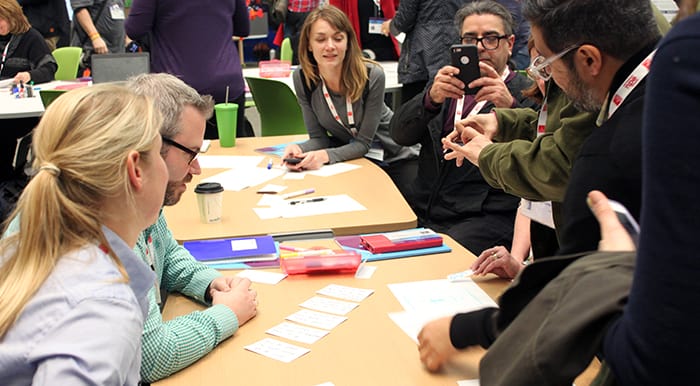
She focused her session on Dr. Lodge McCammon’s Paper Slide Videos. The low-tech, high-touch lesson works like this: in one take, film a video on a phone of handwritten storyboards (five slides in this case) and speak to describe the handdrawn images. Much like Wes Fryer’s Five Photo Story, this lesson is a great introduction for K-6 educators.
At the historic Alamo Drafthouse Cinema, CreatorUp! co-founders Michael Tringe and Sara Akhteh led the Mobile Video Story Lab. With support from Annie Bush from Untitled Films, the three leaders facilitated the best storytelling session at SXSWedu.
Together they did an amazing job of establishing an understanding of storytelling, how a story functions, and basics in visual language. Michael concisely said, “There’s one foundational thing in storytelling. A character or main subject has a goal. What makes a story interesting is that theres an obstacle. What make us engaged in the story is what the character does to overcome the obstacle.” Basic, but vital.
The session used Vine as the medium of choice for the lab. Its accessibility and efficiency in producing six second videos is a powerful way to integrate storytelling in the classroom. Michael, Sara and Annie provided prompts for participants to group up to film their own Vines. Here are a couple gems from the session:
Takeaway Tools. Storyboard That, storybird, ThinkLink, BigHugeLabs, padlet, Wren’s Nest, We Video editing app.
CreatorsUp! Also launched a Digital Media Club for SXSWedu attendees to share storytelling resources.

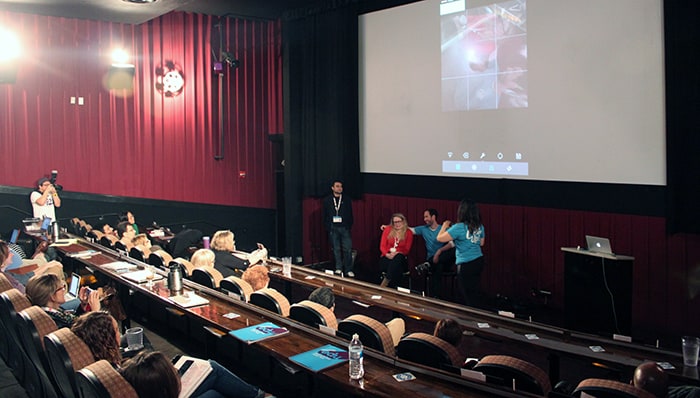
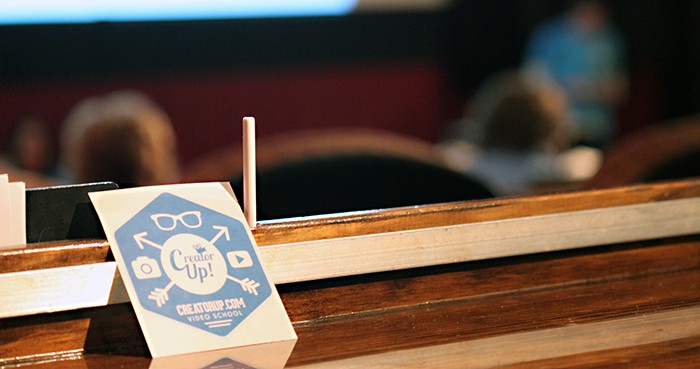
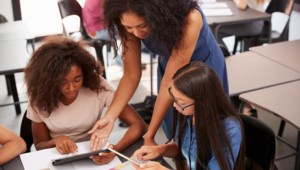

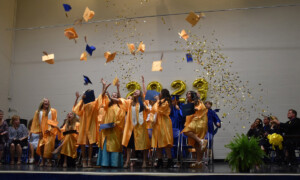
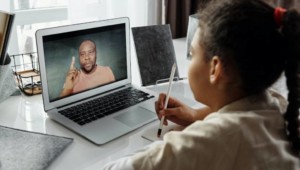
0 Comments
Leave a Comment
Your email address will not be published. All fields are required.